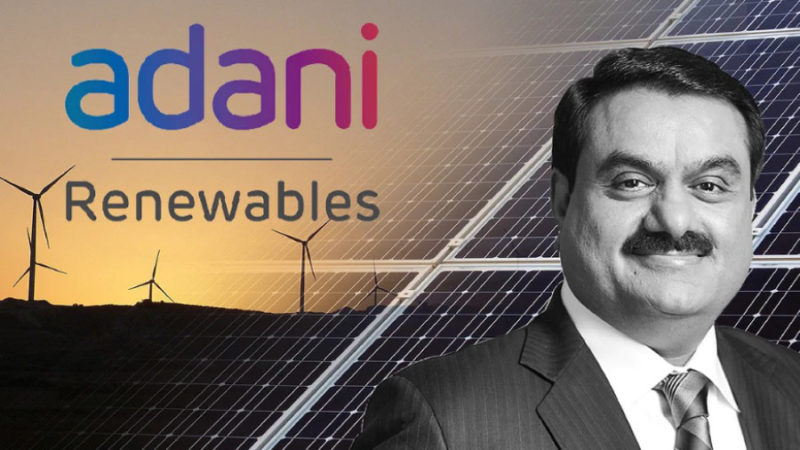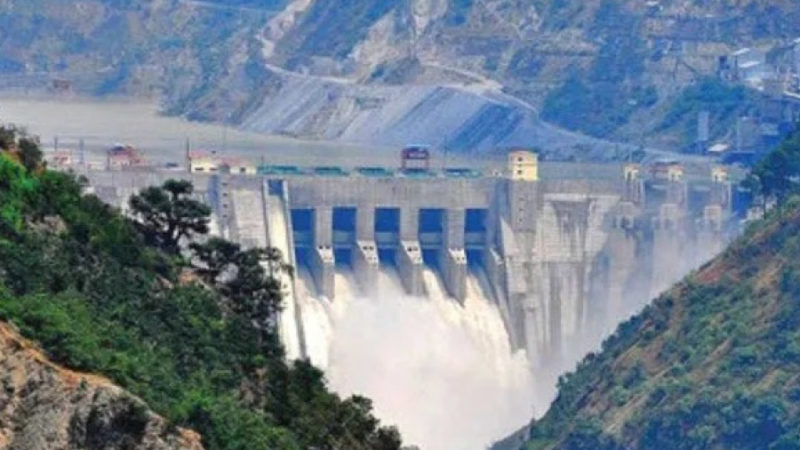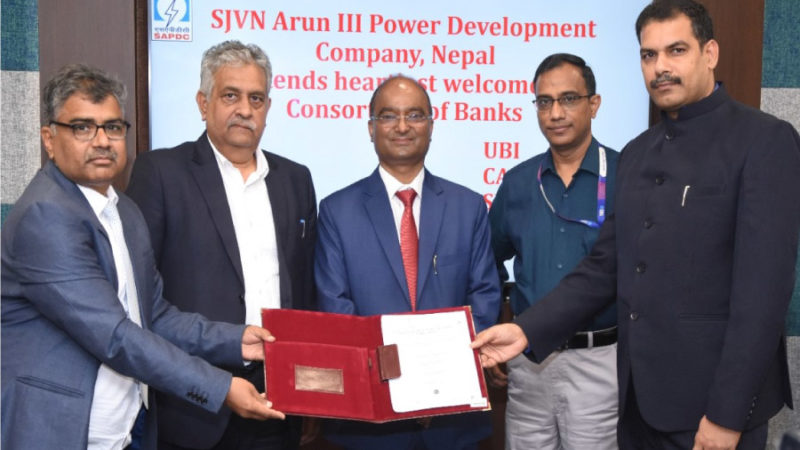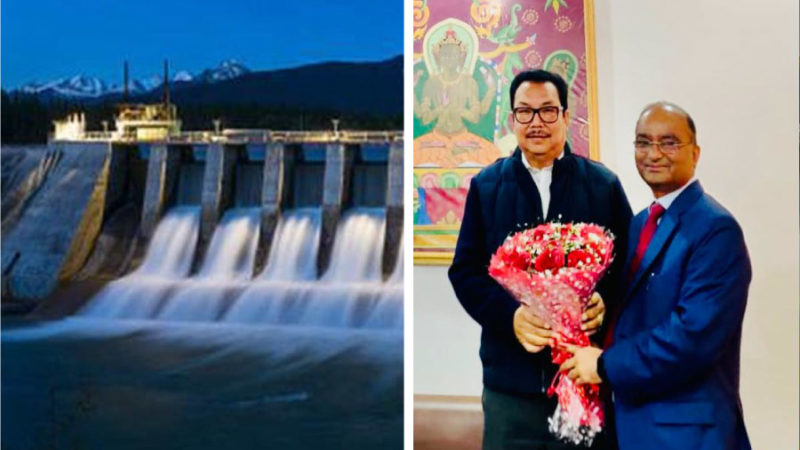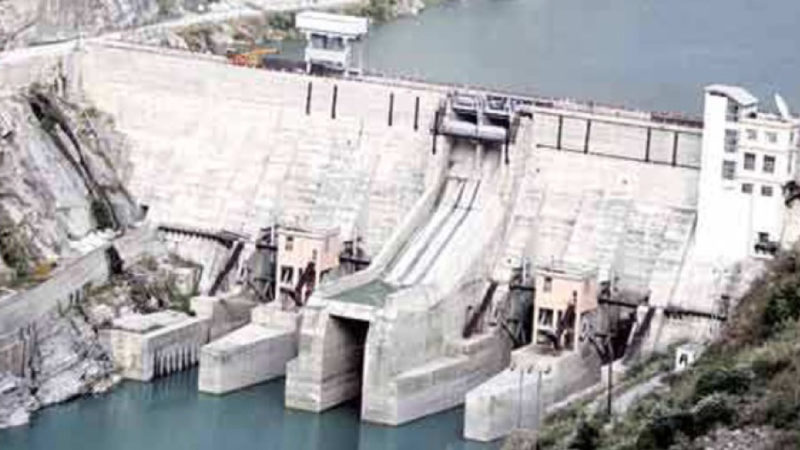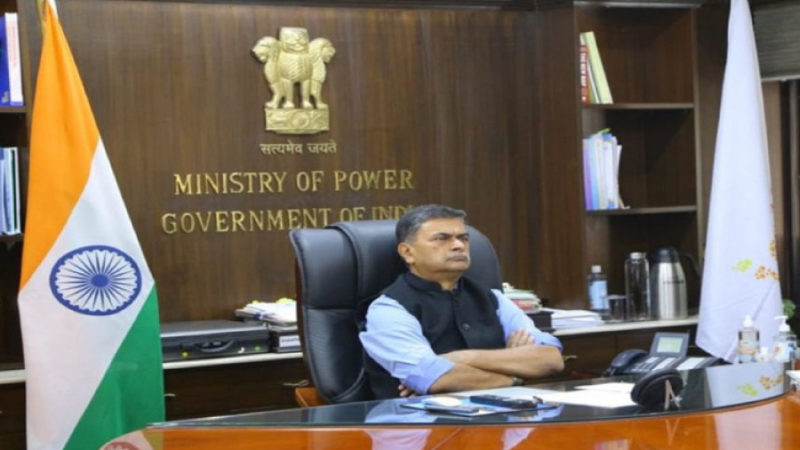Indian Hydro Power Sector – Overview & Outlook
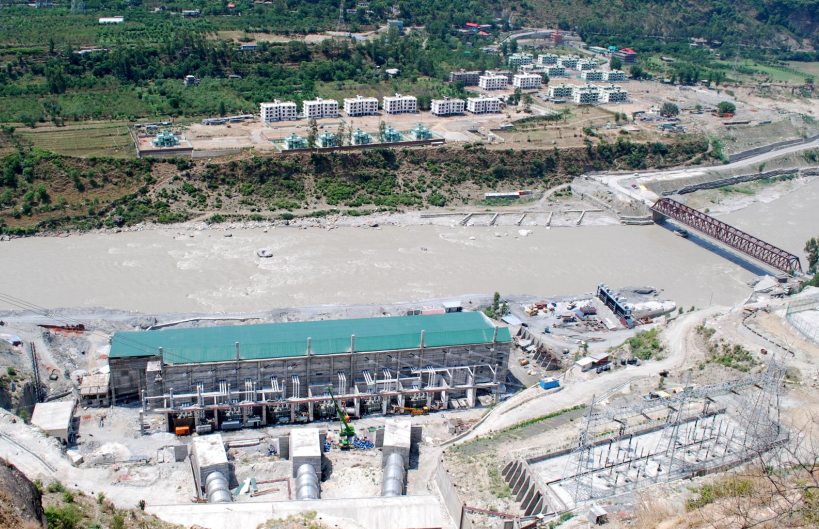
Hydropower plants provides important regional development potential and are intended for alleviation of poverty however, operational hurdles need to be addressed to make the sector vibrant once again.
Electricity is one of the most essential requirements for the development of any nation and the notion stands very much applicable in the case of India which is endeavouring for a sustainable growth of the economy. ‘Clean Energy’ is the new buzzword of the 21st century across the globe; the nations are moving towards renewable energy sources like wind, solar, hydro, geo thermal and bio energy in order to save the environment.
Among all renewable energy sources, hydropower is one the best form of energy security for any country however, depending on how much resource is available. Hydro power besides being renewable has peaking benefits which no other source can offer. It offers clean & green energy, also in case of grid collapse – hydro power is best to revive it because hydropower station can be started instantaneously. Going forward, with storage option, a hydro projects can play a major role in control of floods and drought.
India has moved up to second place in the EY ‘ Attractive Country Renewable Energy Index ‘ this year. Today, India is all set to become the 3rd largest market for solar power globally. Also, the country ranks 4th in wind power installation, however in hydro it stands at the 6th rank in installed capacity. Looking at the population growth and required industrial and infrastructure growth in the country, it becomes necessary for the Government to seriously look into the development of hydro power which is vital to sustainable economic growth.
Sector Overview:
Of the total identified Hydro Power potential of 1,50,000 MW in India, the country has been able to develop a total hydropower capacity of only 44,594.42 MW as on May, 2017. In addition, the country has installed capacity of 4,177 MW of small hydropower (capacity of less than 25 MW) and 4,786 MW from Pump Storage Project, so far. Only large dams are classified as hydroelectric, small dams upto 25 MW capacity fall under the renewable energy field. Only 9 hydroelectric power plants have been built in India with an installed capacity of 1,000 MW and more. While majority of the hydro electric plants in the country are built with a maximum capacity of 250 MW.
India’s hydropower resources are mainly located in the Himalayan range of North Eastern & Northern India, which is 40 per cent and 35 per cent respectively. North Eastern state Arunachal Pradesh alone possess about 35 per cent of India’s hydropower potential and Northern states Uttarakhand, Himachal Pradesh and Jammu & Kashmir collectively possess 35 per cent of India’s hydropower potential. Basin wise, Brahmaputra river basin has hydropower potential of about 66,000 MW however, merely 4 per cent of it has been harnessed so far. Similarly, Indus basin is having about 34,000 MW potential and about 35 per cent of Indus basin potential has been tapped. On the other hand, Ganga basin has about 21,000 MW of which only 25 per cent has been developed till date.
Earlier, the energy experts shared the ‘Nehruvian’ view that large dams were “the temples of modern India”. However, the country has seen a steep fall in Hydropower’s share from over 45 per cent in the mid-1960’s to 26 per cent by 2005. Hydropower has made a muted recovery since then, even in the recent past years the hydropower capacity has increased only marginally — from 40,531.41 mw in March 2014 to 41,267.42 mw in March 2015, to 42,783.43 mw at the end of FY2016 when the total capacity of renewable energy projects expanded to 42,850 megawatts, overtaking hydropower in the total energy mix, out of the country’s total capacity of about 3 lakh mw on April 30 2016.
Key Issues & Challenges:
Indian hydropower sector has many operational hurdles that need to be addressed to make the sector vibrant once again. Recently, major companies in the state of Himachal Pradesh exit out from hydro power projects, as the government did not provide infrastructural assistance in the construction of these projects and power evacuation . These delays lead to greater energy generation costs, which make the whole project unviable.
Indian hydropower sector have been crippling with multiple challenges that have been mainly instrumental in discouraging and de-motivating the hydropower projects developers in the country. These include financial, environmental, social, regulatory and infrastructural challenges. However, socio-political action and suitable legislative framework can address these problems efficiently.
High Tariff Challenges
During the initial years, the tariffs from hydropower projects are higher as compared to other sources. This is mainly because of financing cost and construction of projects in remote areas with inadequate infrastructure and also due to lack of incentives like tax concessions. Further, since taxes constitute 15-25 per cent of project cost, they are major contributors to the project cost of Hydro Projects.
In addition, as per the current regulations, State Government is to be provided 12 per cent free power as royalty from any Hydro Power Project to be developed in the State. This free provision of power to the State has a serious impact on the project’s economic viability. Because of the very challenging logistics, project cost is usually high and free power makes the project more expensive and tariffs almost unsustainable.
Financing Challenges
Hydropower projects are capital-intensive and financing them, by finding an optimum balance between bankability and affordability, is often a challenge. Although there are minimal operating costs for hydro power and longer project life than thermal ones, hydropower can be hard to finance against a number of other variables. Due to long gestation period of hydro projects, interest on loan mostly leads to increasing the overall project cost. Increased interest on outstanding loans also leads to an increase in annual tariff during the operational period.
The absence of a longer tenure loan requires a greater depreciation clause to produce the funds necessary for the fulfillment of repayment commitments. Long-term financing is vital and needs to be directed through policy for the growth of hydropower projects. There is an urgent need of creating a sub sectoral limit for lending to hydropower projects on priority basis by banks so as to revive hydropower sector in India.
Negative Public Perception
The construction and functioning of hydropower dams can substantially impact natural river systems together with fish and wildlife populations. In addition, hydropower projects involve submersions that lead to displacement of people within the project area. In the case of projects with storage power, the rehabilitation of impacted individuals is also a significant problem. These variables have led to a adverse public interpretation of projects on hydropower, which in many instances lead to time and cost overruns on account of prolonged resistance to hydro project development.
State or central government should organize Public Awareness Programs emphasizing why Hydro Power is safe and sustainable for green development. NCSDP (National Committee on Seismic Design Parameters) should hold seminars in collaboration with State Governments in every State and downstream area/s where Hydro Projects are planned, so that people become aware of safety aspects which are taken care for the design of the Dam and how it safeguards the people of the downstream.
Delay in Environment Clearances
The implementation of hydro power projects frequently involves forest areas and requires compensatory afforestation on non-forest land. Due to delaying and failure to clear environmental and forest element clearances, development gets disrupted of many projects.
Though, environmental and social impacts are inevitable but they can be mitigated. With time hydroelectric power development in India has seen substantial progress in understanding these effects from lessons learned from past and has now been integrated into the choice and design of projects.
Infrastructure Challenges
Lack of proper infrastructure like roads, bridges, etc., particularly in North Eastern states results in longer construction periods, thereby increasing the project cost and causes unnecessary delays. Related state agencies need to provide adequate infrastructure support which will help in completing the projects at faster pace.
Lack of Long Term PPA
Under the prevailing power scenario in India which is seeing major policy push to increase renewable capacity (mainly solar and wind), make the selling of hydropower difficult. Discom’s seem reluctant to enter into long term Power Purchase Agreements (PPAs). Experts believe that there should be separate Hydropower Purchase Obligation (HPO) and the government should consider bringing all hydropower projects, regardless of the capacity under the renewable definition.
Recent Developments:
According to media reports, the government is looking at a policy push to resurrect the languishing hydro power sector. The Ministry of Power is working on a detailed policy for reviving the hydro-energy sector, which is sinking into stalled projects. Officials said this would cover projects of the private sector and those of state-owned NHPC.
The policy aims to provide Rs 16,709 crore support to revive 40 stalled hydel power projects which can add 11,639 (MW) capacity. Further, the government is also looking at financial incentives. In addition interest subvention would be supported with central funding for at least half the interest payment while (More of) Tax depreciation would help bring private sector interest.
The main shift in the policy will be for larger projects to have the incentives given to smaller hydroelectric plants smaller than 25 MW. The difference between small and big hydropower plants would vanish after the policy will be cleared. Smaller hydroelectric power stations are currently categorized as renewable energy and are provided with various incentives.
The bigger plants, which are stuck, will now be entitled to these benefits as the policy also stipulates the Hydro Purchase Obligation for hydro projects with a capacity of over 25 MW.
The policy requires the government to provide interest subsidies of 4% for all hydro energy projects during construction up to 7 years and 3 years following commencement of business operations. The policy also requires the Power Ministry to engage bankers and lending institutions to amend the terms of loan for hydropower projects.
Reviving stuck projects, which have already been delayed and have cost overruns, would result in generation of high-cost power. The policy proposes to impose a coal cess which will help capitalise the Hydro Power Fund under the Power Ministry for providing funds to the projects under the policy.
Conclusion
India has the fifth largest hydropower reserves in the world, with untapped potential of over 100GW. While India launched the 50,000 MW “Hydropower Initiative” in 2003, it identified 162 projects for the preparation of PFRs and subsequent development of the projects, with a total installed capacity of 47,970 MW. However, even after 14 years of launching, not a single project out of 162 projects of the Initiative has been commissioned.
Hydropower capacity addition target (excluding small hydro) in India for XII Plan and XIII Plan period has been set for 10,897 MW and 12,000 MW respectively. However, with the present growth rate in hydro power sector it looks a distant dream. At present the projects clearances and execution is marred with many issues which can be resolved by policy makers and stake holders on a fast track basis. To give a boost to Hydro Development, certain benefits / incentives could be extended to the developers of Hydro Projects.
Hydropower plants provides important regional development potential and are intended for alleviation of poverty, as India’s hydro resources are usually available in some of the least developed areas of the nation. Hydropower initiatives, which create fair profit sharing schemes and enforce targeted local growth, can make a significant contribution to local communities ‘ quality of life.
Hydropower is the only large power source which has got merits of delivering 24X7 generation reliability like fossil fuel based power plant as well as ensuring benefits of renewable power like no emission of greenhouse gases and no depletion of natural resources.
Since, India’s supply energy mix is predominantly thermal and is rapidly adding renewable capacity, the country badly needs hydro capacity for smoother grid management. Promotion and development of hydropower is the need of the hour so as to meet the rising power demand in the country through clean source of power for the sustainable development.


